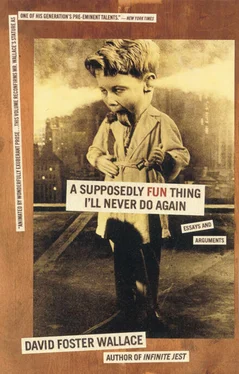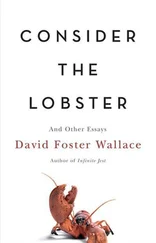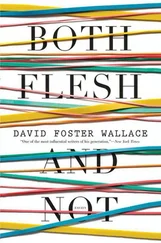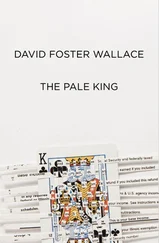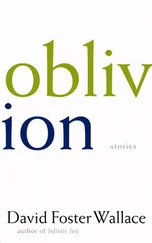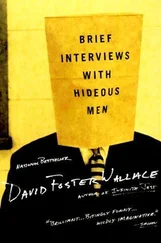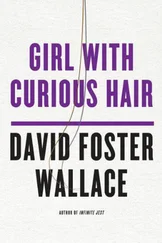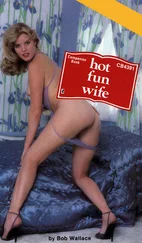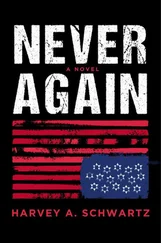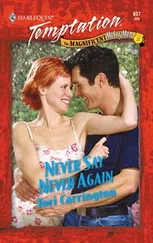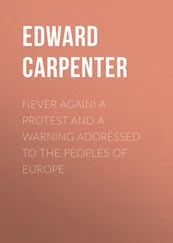This was what was epiphanic for us about Blue Velvet in grad school, when we saw it: the movie helped us realize that first-rate experimentalism was a way not to “transcend” or “rebel against” the truth but actually to honor it. It brought home to us — via images, the medium we were suckled on and most credulous of — that the very most important artistic communications took place at a level that not only wasn’t intellectual but wasn’t even fully conscious, that the unconscious’s true medium wasn’t verbal but imagistic, and that whether the images were Realistic or Postmodern or Expressionistic or Surreal or what-the-hell-ever was less important than whether they felt true , whether they rang psychic cherries in the communicatee.
I don’t know whether any of this makes sense. But it’s basically why David Lynch the filmmaker is important to me. I felt like he showed me something genuine and important on 3/30/86. And he couldn’t have done it if he hadn’t been thoroughly, nakedly, unpretentiously, unsophisticatedly himself, a self that communicates primarily itself — an Expressionist. Whether he is an Expressionist naively or pathologically or ultra-pomo-sophisticatedly is of little importance to me. What is important is that Blue Velvet rang cherries, and it remains for me an example of contemporary artistic heroism.
10a (w/ an epigraph)
All of Lynch’s work can be described as emotionally infantile…. Lynch likes to ride his camera into orifices (a burlap hood’s eyehole or a severed ear), to plumb the blackness beyond. There, id-deep, he fans out his deck of dirty pictures…
— Kathleen Murphy of Film Comment
One reason it’s sort of heroic to be a contemporary Expressionist is that it all but invites people who don’t like your art to make an ad hominem move from the art to the artist. A fair number of critics 48object to David Lynch’s movies on the grounds that they are “sick” or “dirty” or “infantile,” then proceed to claim that the movies are themselves revelatory of various deficiencies in Lynch’s own character, 49troubles that range from developmental arrest to misogyny to sadism. It’s not just the fact that twisted people do hideous things to one another in Lynch’s films, these critics will argue, but rather the “moral attitude” implied by the way Lynch’s camera records hideous behavior. In a way, his detractors have a point. Moral atrocities in Lynch movies are never staged to elicit outrage or even disapproval. The directorial attitude when hideousness occurs seems to range between clinical neutrality and an almost voyeuristic ogling. It’s not an accident that Frank Booth, Bobby Peru, and Leland /”Bob” steal the show in Lynch’s last three films, that there is almost a tropism about our pull toward these characters, because Lynch’s camera is obsessed with them, loves them; they are his movies’ heart.
Some of the ad hominem criticism is harmless, and the director himself has to a certain extent dined out on his “Master of Weird”/”Czar of Bizarre” image, see for example Lynch making his eyes go in two different directions for the cover of Time . The claim, though, that because Lynch’s movies pass no overt “judgment” on hideousness/evil/sickness and in fact make the stuff riveting to watch, the movies are themselves a- or immoral, even evil — this is bullshit of the rankest vintage, and not just because it’s sloppy logic but because it’s symptomatic of the impoverished moral assumptions we seem now to bring to the movies we watch.
I’m going to claim that evil is what David Lynch’s movies are essentially about, and that Lynch’s explorations of human beings’ various relationships to evil are, if idiosyncratic and Expressionistic, nevertheless sensitive and insightful and true. I’m going to submit that the real “moral problem” a lot of us cinéastes have with Lynch is that we find his truths morally uncomfortable, and that we do not like, when watching movies, to be made uncomfortable. (Unless, of course, our discomfort is used to set up some kind of commercial catharsis — the retribution, the bloodbath, the romantic victory of the misunderstood heroine, etc.—i.e. unless the discomfort serves a conclusion that flatters the same comfortable moral certainties we came into the theater with.)
The fact is that David Lynch treats the subject of evil better than just about anybody else making movies today — better and also differently. His movies aren’t anti-moral, but they are definitely anti-formulaic. Evil-ridden though his filmic world is, please notice that responsibility for evil never in his films devolves easily onto greedy corporations or corrupt politicians or faceless serial kooks. Lynch is not interested in the devolution of responsibility, and he’s not interested in moral judgments of characters. Rather, he’s interested in the psychic spaces in which people are capable of evil. He is interested in Darkness. And Darkness, in David Lynch’s movies, always wears more than one face . Recall, for example, how Blue Velvet ’s Frank Booth is both Frank Booth and “the Well-Dressed Man.” How Eraserhead ’s whole postapocalyptic world of demonic conceptions and teratoid offspring and summary decapitations is evil… yet how it’s “poor” Henry Spencer who ends up a baby-killer. How in both TV’s Twin Peaks and cinema’s Fire Walk with Me , “Bob” is also Leland Palmer, how they are, “spiritually,” both two and one. The Elephant Man ’s sideshow barker is evil in his exploitation of Merrick, but so too is good old kindly Dr. Treeves — and Lynch very carefully has Treeves admit this aloud. And if Wild at Heart ’s coherence suffered because its myriad villains seemed fuzzy and interchangeable, it was because they were all basically the same thing, i.e. they were all in the service of the same force or spirit. Characters are not themselves evil in Lynch movies — evil wears them.
This point is worth emphasizing. Lynch’s movies are not about monsters (i.e. people whose intrinsic natures are evil) but about hauntings , about evil as environment, possibility, force. This helps explain Lynch’s constant deployment of noirish lighting and eerie sound-carpets and grotesque figurants: in his movies’ world, a kind of ambient spiritual antimatter hangs just overhead. It also explains why Lynch’s villains seem not merely wicked or sick but ecstatic, transported: they are, literally, possessed . Think here of Dennis Hopper’s exultant “I’LL FUCK ANYTHING THAT MOVES” in Blue Velvet , or of the incredible scene in Wild at Heart when Diane Ladd smears her face with lipstick until it’s devil-red and then screams at herself in the mirror, or of “Bob”’s look of total demonic ebullience in Fire Walk with Me when Laura discovers him at her dresser going through her diary and just about dies of fright. The bad guys in Lynch movies are always exultant, orgasmic, most fully present at their evilest moments, and this in turn is because they are not only actuated by evil but literally inspired 50 : they have yielded themselves up to a Darkness way bigger than anyone person. And if these villains are, at their worst moments, riveting for both the camera and the audience, it’s not because Lynch is “endorsing” or “romanticizing” evil but because he’s diagnosing it — diagnosing it without the comfortable carapace of disapproval and with an open acknowledgment of the fact that one reason why evil is so powerful is that it’s hideously vital and robust and usually impossible to look away from.
Lynch’s idea that evil is a force has unsettling implications. People can be good or bad, but forces simply are . And forces are — at least potentially — everywhere. Evil for Lynch thus moves and shifts, 51 pervades ; Darkness is in everything, all the time — not “lurking below” or “lying in wait” or “hovering on the horizon”: evil is here , right now. And so are Light, love, redemption (since these phenomena are also, in Lynch’s work, forces and spirits), etc. In fact, in a Lynchian moral scheme it doesn’t make much sense to talk about either Darkness or about Light in isolation from its opposite. It’s not just that evil is “implied by” good or Darkness by Light or whatever, but that the evil stuff is contained within the good stuff, encoded in it.
Читать дальше
